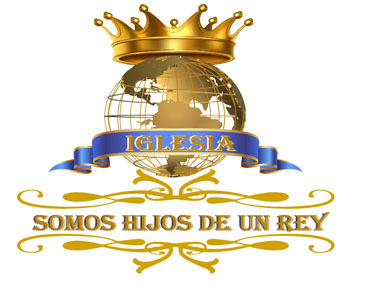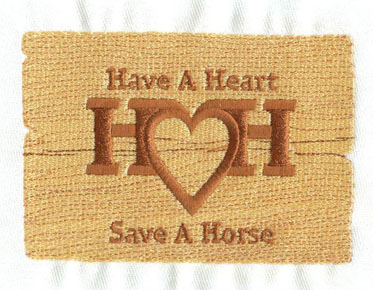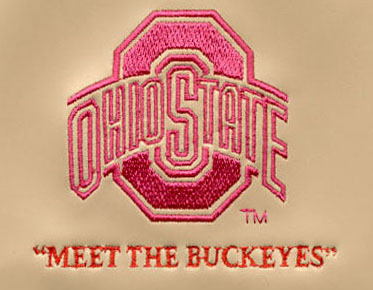Techniques for Converting Bitmap Images to Vector Art
Vector art is a powerful tool for graphic designers and digital illustrators, allowing for precise, scalable artwork that can be easily edited and adapted to a wide range of applications. However, many digital images, such as photographs and scanned drawings, are originally in bitmap (or raster) format, which can make it difficult to use them in vector-based workflows. Fortunately, there are several techniques for converting bitmap images to vector art that can help you make the most of your existing resources.
One of the most common methods for converting bitmap images to vector art is by using a vectorization software. Vectorization software uses a variety of algorithms to analyze the pixel data of a bitmap image and generate a corresponding vector representation. Some popular vectorization software options include Adobe Illustrator, CorelDRAW, and Inkscape. These software will have a ‘trace’ function that allows you to automatically convert a bitmap image into a vector graphic. However, the result of this function often require additional manual editing.
Another popular method is manual tracing, which involves manually drawing over the bitmap image using vector editing software, such as Adobe Illustrator or Inkscape. This method allows for more control over the final vector artwork, as the designer can manually adjust the paths and points to achieve the desired look. However, this method can be time-consuming and requires a high degree of skill and attention to detail.
Another technique is the use of image editing software which can convert bitmap images to vector. For example, Adobe Photoshop provides the option to convert bitmap images to vector shape layers, which can then be exported to Illustrator for further editing. This is suitable for logos, icons, and simple images.
Another newer technique is the use of neural network-based AI technology. These AI software are able to analyse the images and generate vectors that are almost perfect and do not require much editing. However, it is still a new technology and may not be as reliable or widely available as the other methods.
Whichever method you choose, converting bitmap images to vector art can be a valuable process for expanding your graphic design resources and streamlining your workflow. By understanding the strengths and limitations of each technique, you can choose the best method for your specific project and achieve the desired results.
It's worth noting that converting a bitmap
image to a vector image will not increase the resolution, it will change the
format of the image and make it more versatile. Always check the resolution of
the image prior to conversion, low resolution images will not look good when
scaled. And when editing, pay attention to the simplification of the shapes and
the angles of the lines, these are the most common errors that can occur during
the conversion process.



